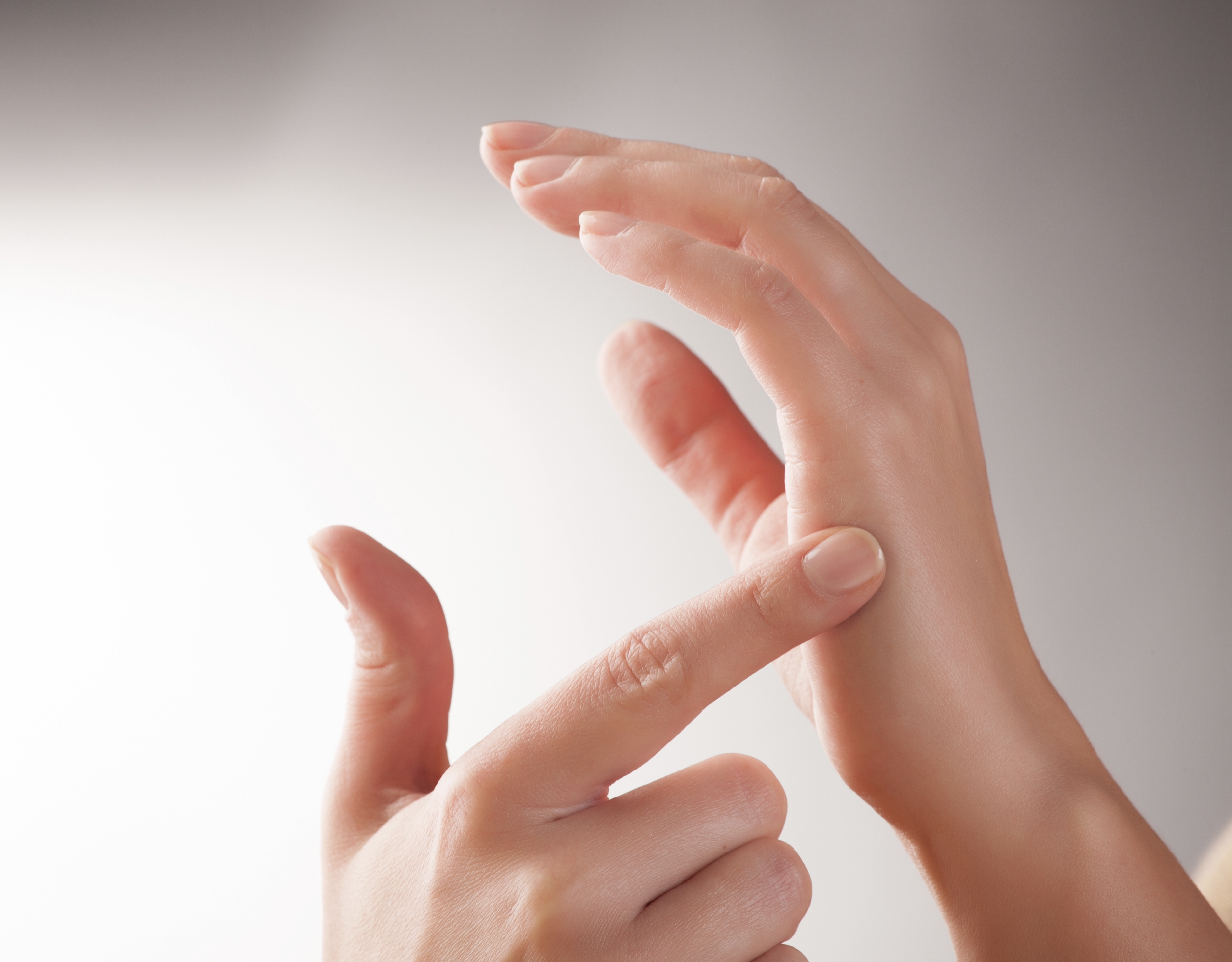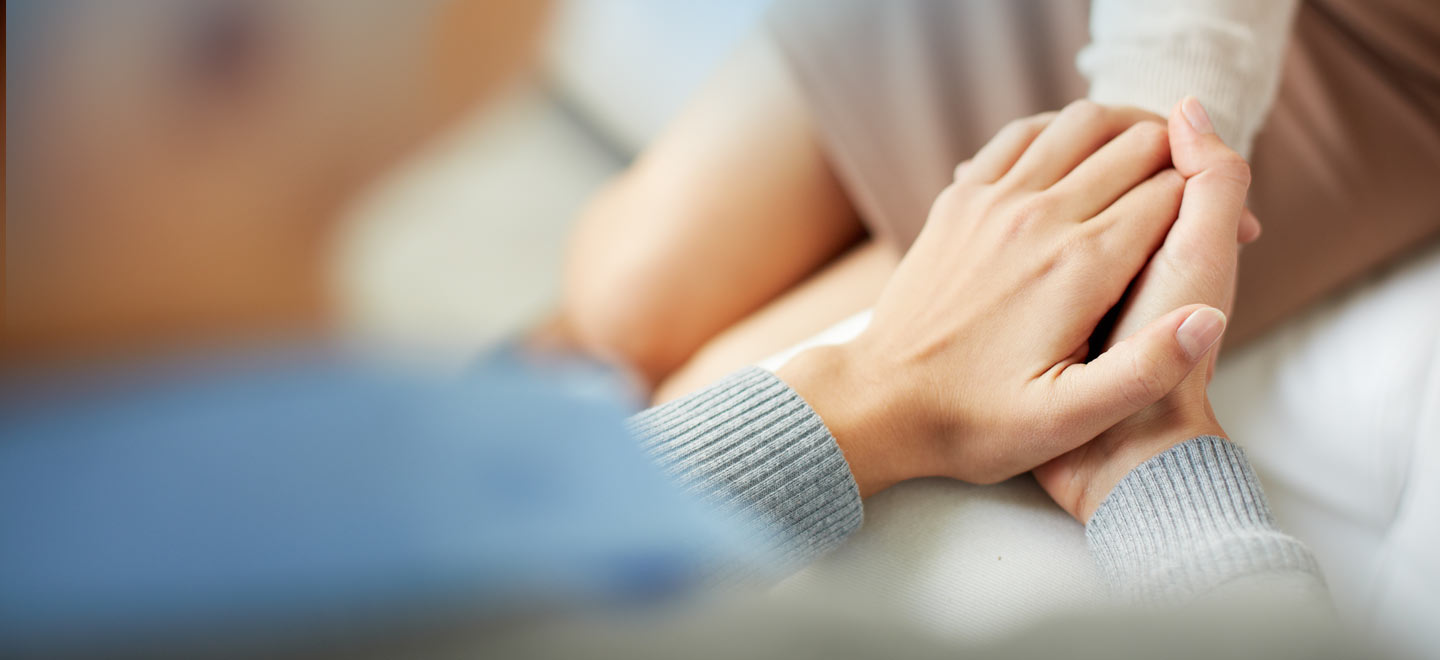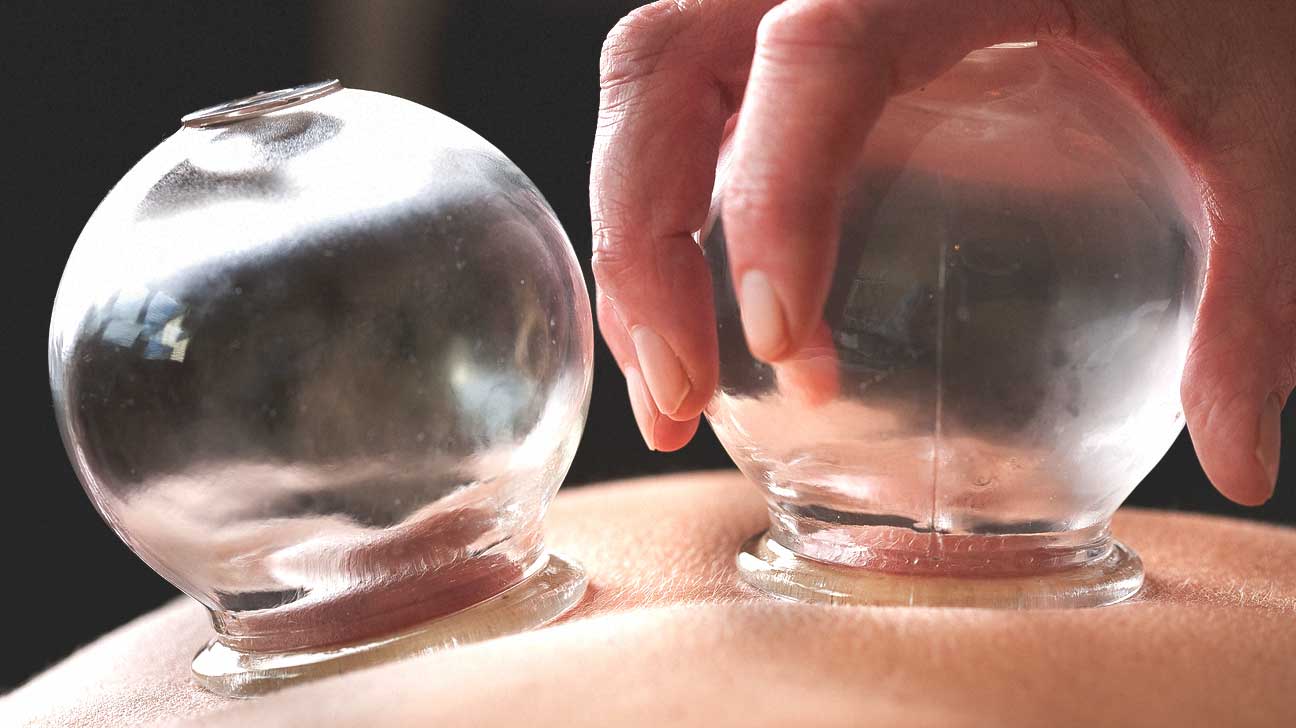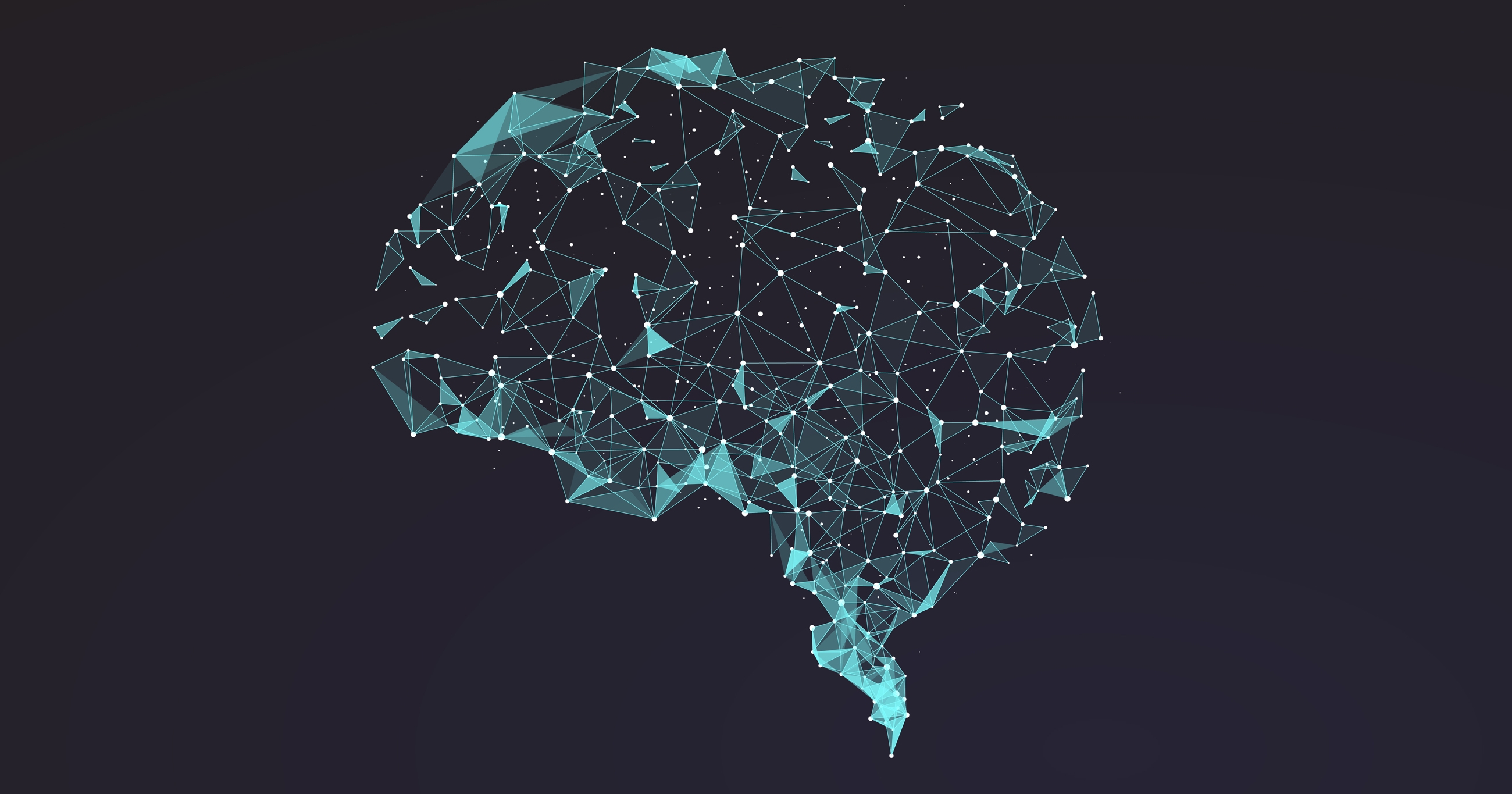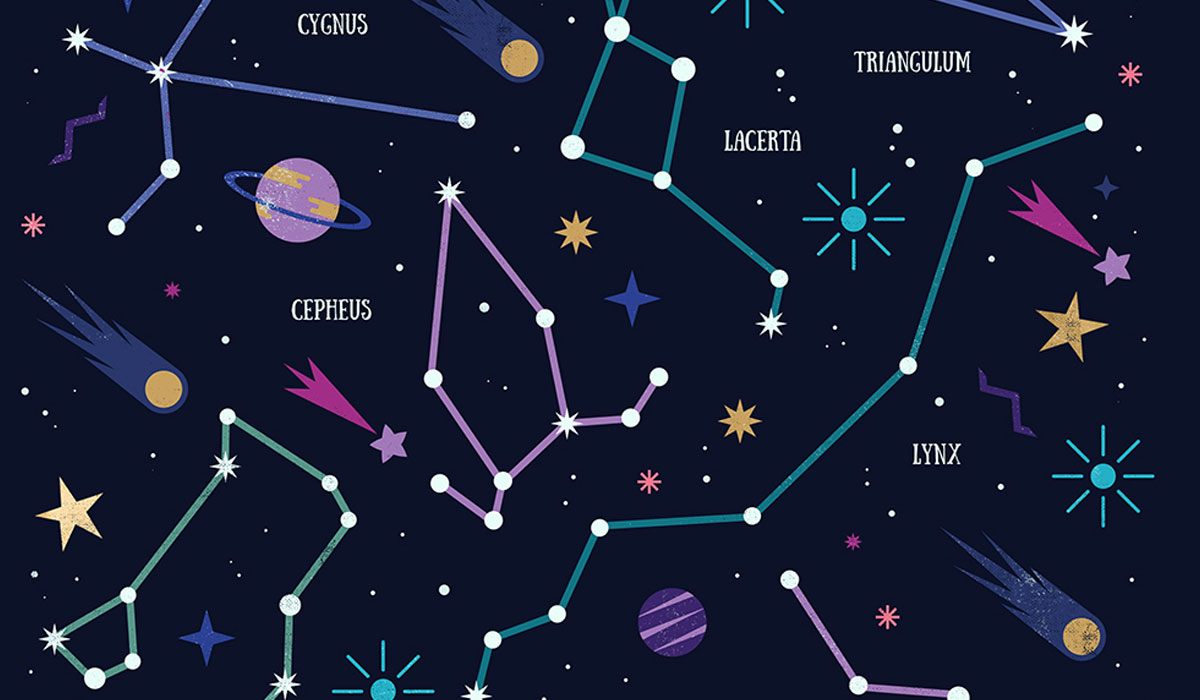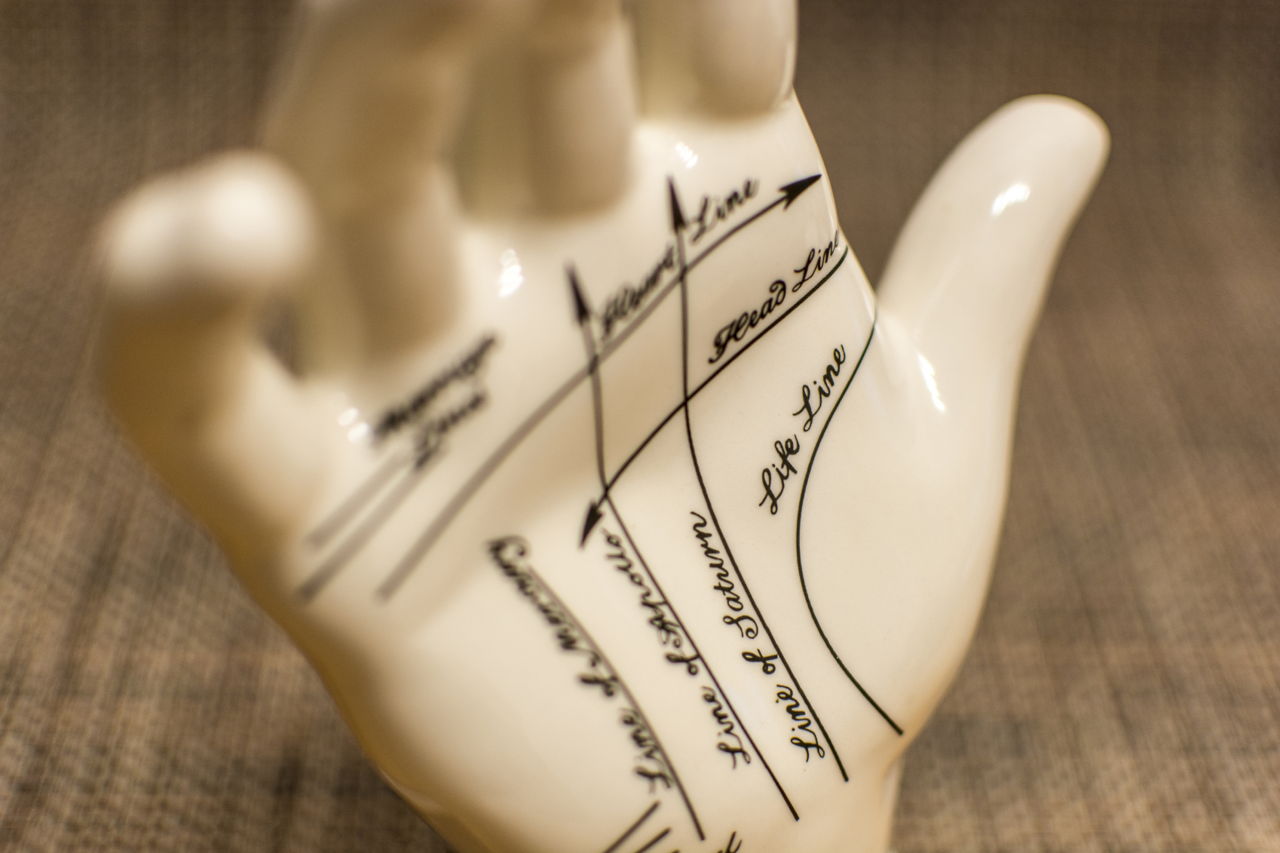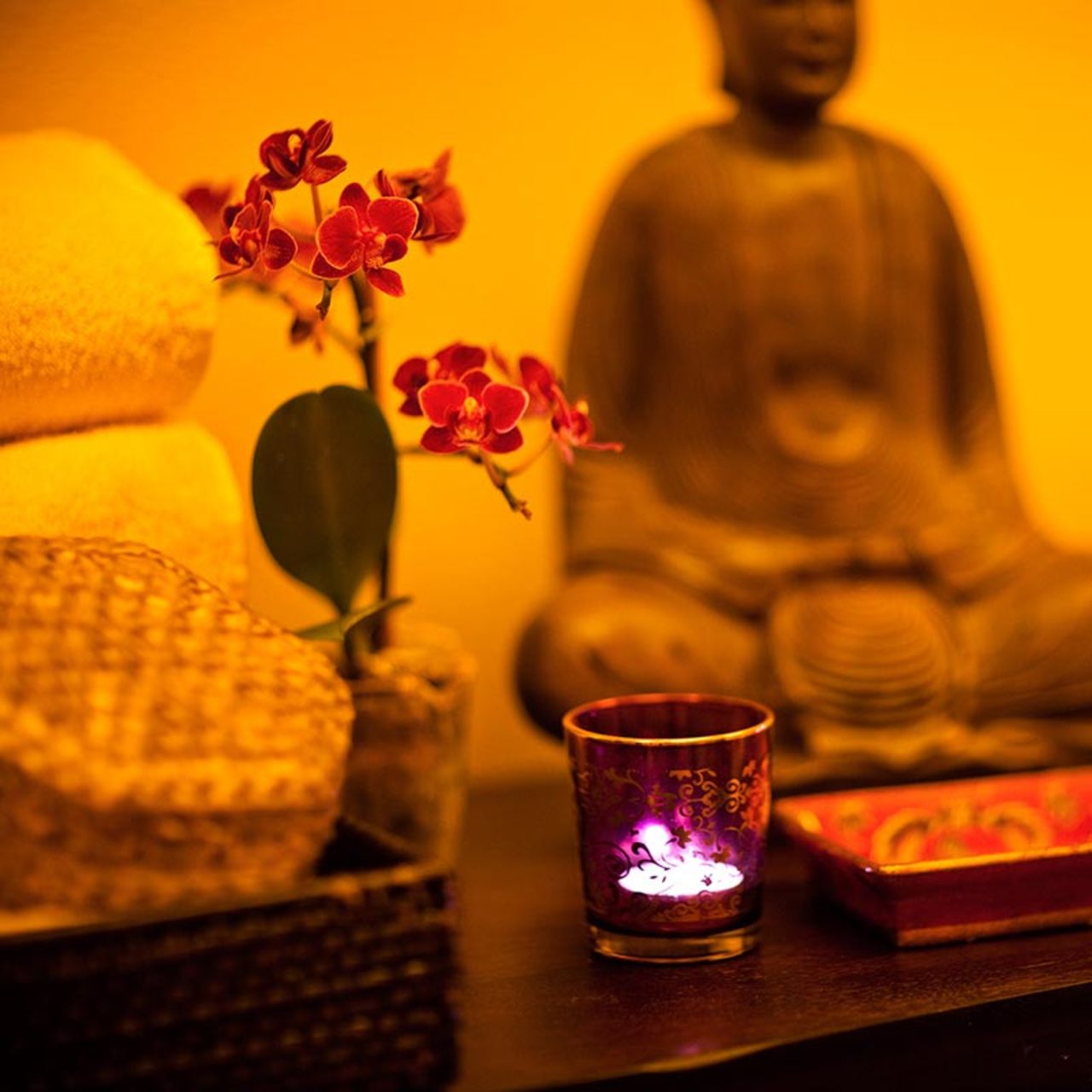Blogs
Medical cannabis for mental illness: current use is not supported by research #MHQT
Regardless of whether cannabis or its subordinates are compelling medicines for mental conditions has produced a great deal of intrigue as of late. Anyway to date, legitimate limitations have to a great extent averted huge, very much outlined preliminaries from being directed. Accordingly, while over the most recent two years there have been a few audits distributed (e.g. Walsh et al. 2017; Rong et al. 2017; Lim, See, and Lee 2017; Khoury et al. 2017) integrating the proof base for cannabis and cannabinoids in mental populaces, and in addition various assessment pieces talking about different parts of utilizing cannabis for medicinal purposes, there have been just a bunch of distributed randomized controlled preliminaries (RCTs). Two of these examined the counter maniacal impacts of cannabidiol (CBD) and just incorporated few preliminary members (N=88 and N=36). I secured the bigger of these two RCTs in a past Mental Elf Blog, which discovered just an extremely unobtrusive impact of CBD as an aide to hostile to insane treatment.
So while right now the enthusiasm for this theme to some degree surpasses the proof, things seem, by all accounts, to be evolving. In the US there are currently a few arranged or progressing investigations of CBD or manufactured cannabinoids, for example, Dronabinol for treating mental ailments, huge numbers of which have direct or huge arranged example sizes (N>100). Then, a substantial RCT (N=300) of CBD as an enemy of insane in individuals at high danger of psychosis is being led by a group at the IOPPN here in the UK. In any case, it will be many years previously the consequences of a significant number of these preliminaries are distributed. So until further notice at any rate, we have to center around what is as of now known.
In front of a Mental Health Question Time on cannabis and emotional wellness on Wednesday 26th September, this blog portrays a paper by Turna, Patterson, and Ameringen (2017), who directed a far reaching (yet not precise) audit of the present proof with respect to the viability of cannabis and cannabinoids in tension, state of mind, and related mental conditions.
Get your FREE tickets now for the Mental Health Question Time in London on Wednesday 26th September.
Get your FREE tickets now for the Mental Health Question Time in London on Wednesday 26th September.
Strategies
The creators led an audit of treatment impacts of cannabis and cannabinoids on social uneasiness issue and summed up tension issue, real depressive issue, bipolar confusion, post-horrendous pressure issue (PTSD), over the top urgent issue (OCD), trichotillomania, and Tourette’s disorder.
The creators looked five electronic databases (PubMed, MEDLINE, Web of Science, PsychINFO, and Google Scholar) in February 2017. They present an account union and no meta-examinations, which is likely because of the extensive variety of emotional well-being conditions included, cannabinoids tried, and the modest number of concentrates in any one zone, with thinks about being for the most part of low quality.
Results
Because of the modest number of preliminaries in populaces with the focused on mental conditions, the creators included proof from both sound members and creature models. In these, there is some proof that CBD and the engineered cannabinoid Dronabinol may decrease uneasiness levels. THC in the interim has created extremely blended outcomes, with some revealing expanded uneasiness and others announcing a decrease. While these investigations are regularly little, the creators infer that there is speculative proof that CBD and Dronabinol may go about as an anxiolytic.
Among the examinations in mental populaces, two investigations included patients with social uneasiness issue (SAD). The two examinations explored the impacts of CBD on self-announced uneasiness levels. In both, the CBD bunch revealed less uneasiness than fake treatment and also sound controls whenever utilized. Notwithstanding, the audit creators did not report the size of the impact and just a single report included an assignment intended to evoke tension. The other was a neuroimaging study and depended on the MRI scanner to prompt uneasiness. Additionally, the two investigations were little (n=24 and n=10) and in this way restricted in generalisability.
Two investigations focused on summed up nervousness issue (GAD), both utilizing the manufactured cannabinoid Nabilone and both distributed in 1981. Albeit the two investigations announced an impact in the trial stage, the advantages were blended and the numbers little (N=4).
Two observational examinations were distinguished, one distributed and one unpublished, for plant-based cannabis for PTSD. The two examinations took after members (N= 80 roughly and 29) who had begun utilizing restorative cannabis. Before the finish of the observational period (2 years and 11.3 months), most announced less side effects. Also, the audit incorporated a pilot investigation of THC for PTSD (N=10) that announced diminished side effects before the finish of the preliminary. At long last, two different examinations research Nabilone (n=104 and 47) utilizing a diagram audit technique and both discovered critical change in side effects before the finish of the survey time frame. In any case, none included a correlation gather not getting cannabinoids and none, accordingly, were randomized. One other investigation was recognized of Nabilone that utilized a cross-sectional outline that likewise found an advantage. Be that as it may, similarly as with different investigations, the example was little (N=10).
Two examinations have trialed THC for real depressive issue (N=8 and 13), however both report no advantage and one discovered more noteworthy dysphoria from treatment. The audit creators additionally provide details regarding case reports of plant-based cannabis and Dronabinol, yet the nature of proof was amazingly low. The nature of proof is comparable in bipolar turmoil, where the creators recognized one observational investigation of plant-based cannabis and two case reports of CBD. In general, the standard of proof is as of now to a great degree poor.
A little randomized controlled preliminary (N=24) enduring a month and a half of THC treatment for Tourette’s disorder was distinguished, which discovered members in the test assemble indicated diminished tic seriousness and engine tic force by treatment end. One investigation of Dronabinol has been distributed for OCD (N=2) and one for Trichotillomania (N=14), the two of which discovered some advantage. Notwithstanding, likewise with thinks about in different conditions, the example sizes were little and there was no control gathering.
Little is excellent? Not with regards to medicinal research. This story survey found various little examinations that recommend cannabis or cannabinoids might be useful for tension, temperament, and other related issue. Be that as it may, these examinations are little, frequently without a control gathering, and are thusly liable to be at high danger of predisposition.
Little is lovely? Not with regards to therapeutic research. This account survey found various little examinations that recommend cannabis or cannabinoids might be helpful for uneasiness, state of mind, and other related issue. Be that as it may, these investigations are little, regularly without a control gathering, and are hence prone to be at high danger of predisposition.
Ends
This survey discovered some proof that cannabis or cannabinoids might be useful for uneasiness, inclination, and other related issue. Be that as it may, the general nature of the proof was poor and to a great degree constrained. Hardly any examinations have taken a gander at mental populaces, and the greater part of these were little, while just observational investigations had bigger example sizes. Numerous preliminaries included just a test gathering and no examination, and most had different inadequacies, for example, utilizing a solitary measurement of the treatment or a short follow-up period that may not permit conceivably unfavorable reactions to be distinguished. Also, a portion of the better planned examinations in this audit researched sound members as opposed to patients. While these examinations propose that some cannabinoids may have an anxiolytic impact, this does not mean members with nervousness issue will truly encounter much advantage from utilizing them.
Qualities and confinements
This examination was an account survey as opposed to an efficient audit, and the creators don’t report essential parts of their techniques, for example, screening methodology. They additionally don’t give an appraisal of the general nature of the confirmations or an assessment of the danger of predisposition. The impact sizes in singular investigations are frequently not revealed, and there are no meta-examinations of generally speaking treatment impacts. Apparently at any rate a portion of these impediments are because of the low quality and amount of the proof so far distributed.
Different issues incorporate that a considerable lot of the investigations did not highlight an examination gathering and members were not randomized to get the treatment or a control. This was valid for the bigger examinations, which were observational or utilized a diagram survey technique. Subsequently, any proof of advantage in these examinations can’t be depended on as members may have enhanced without treatment. In the interim, a considerable lot of the randomized investigations were pilots or attainability thinks about and included little gatherings thus need generalisability.
At long last, the relationship among THC and dysfunctional behavior is settled, and vast preliminaries with long follow-up periods are expected to investigate possibly serious unfriendly results of restorative cannabis and its subordinates.
This audit does not give any appraisal of the general nature of the included examinations or any assessment of the danger of inclination of the little preliminaries.
This audit does not give any appraisal of the general nature of the included investigations or any assessment of the danger of inclination of the little preliminaries.
Suggestions for training
By and large, at this phase there is trust that CBD particularly, and maybe some engineered cannabinoids, could be viable for treating some nervousness and mind-set issue. Be that as it may, as of now the nature of the proof is too low to give clear proof of any advantage. At present no proposals for clinical practice can be made. Great quality preliminaries are required before cannabis or cannabinoids can be considered as a possibility for treatment.



